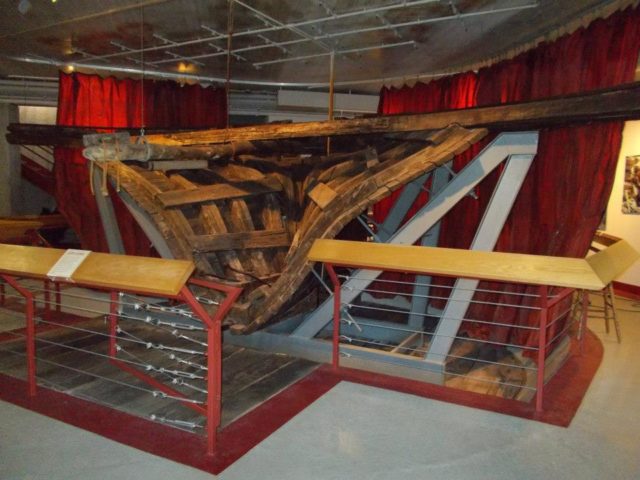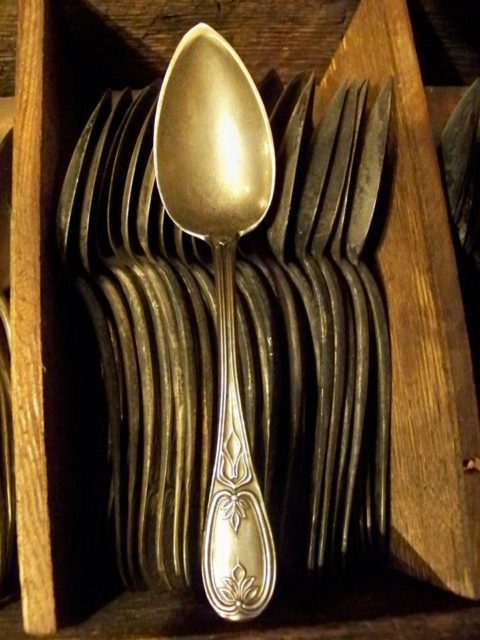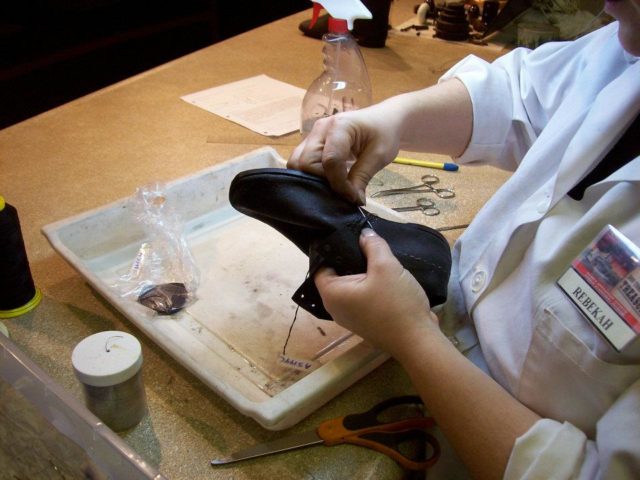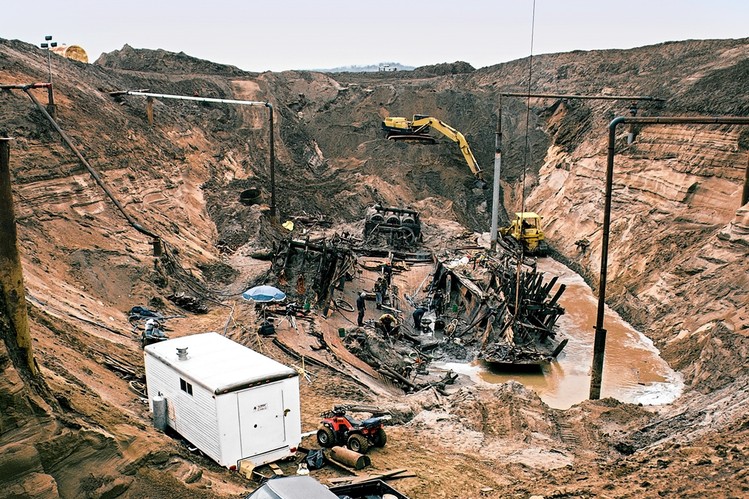There are hundreds of stories to tell about boating accidents on the mighty Missouri River, the longest of all the rivers that snake across North America. It is estimated that, throughout those years when the rapidly growing Western frontier relied on steamboats to transport passengers and freight over huge distances, around 400 paddle steamers were lost to this imposing waterway. One of the most intriguing of these stories is that of the Steamboat Arabia, which sank in September 1856 and became a part of local folklore.
She set sail from St. Louis on the Mississippi River after being loaded with around 200 tons of cargo destined to be the winter provisions for 16 towns scattered along the Midwest frontier. But instead of finding their place on store shelves, the cargo ended up on display in a museum some 135 years later.
Turning east into the mouth of the Missouri, the Arabia began what should have been a 1,000-mile journey upriver. But, six miles to the west of what is today Kansas City, a submerged tree trunk was waiting to cut the trip short. Arabia struck the snag with some force and water started pouring in through the hole, sinking the boat in only a few minutes. Luckily, there weren’t any human casualties, only one mule that was tied up and couldn’t be saved. The upper deck remained above water, making it possible for the crew and 130 passengers on board to safely escape to the river banks.

The muddy sediment soon swallowed up Steamboat Arabia and her cargo. By the next morning, only her smokestack could be seen. Beneath the water, the vessel gradually settled deeper into the soft silt. As the years passed by, the river, as rivers tend to do, changed its course, and Arabia became lost even to the Missouri. The river banks eroded and slowly the channel moved away from Arabia’s resting place, leaving her buried 45 feet under solid ground. The exact location of the spot became a riddle that was not solved for more than a century.

In the late 1980s, amateur archaeologist Bob Hawley, fascinated by the story, began searching for the Arabia. After some detailed research, he figured that the missing steamboat must lie around a half mile from where the Missouri now runs, underneath a cornfield belonging to Judge Norman Sortor, who granted permission for Hawley and his team to see what they could find in the field.
In 1987, they set out with metal detectors and it didn’t take long for them to pinpoint the boat’s boilers. Then began the painstaking task of drilling test hole after test hole until the team could mark out the steamboat’s outline on the ground. Could this really be Steamship Arabia? There was only one way to know for sure.
The Sortor family agreed for the excavation to commence–provided the work was completed before the spring planting season. Everything needed to be done fast and during the cold winter months. Heavy digging equipment and a crane were brought to the site, but the first things to set up were the irrigation pumps that would keep ground water from flooding the hole as they dug. The river may have moved, but the boat would undoubtedly be located below the water table.

Work did not stop for a moment, and the boat saw its first light of day after 132 years on November 26, 1988. A couple of days later, the first artifact came up: a Goodyear rubber overshoe. That is probably one of the most famous shoes excavated around the world, and after it was found many more precious items followed.

Hidden from daylight and air deep in the cold mud meant that the cargo stored inside had pretty much remained intact. The first of 200 intact pieces of china emerged from an oak barrel on December 5. Thousands of other artifacts beautifully preserved in their packing boxes included clay pipes, hats, boots, carpentry tools, even children’s toys. Arabia also gave up probably the world’s oldest pickles; still looking fresh and green. Reportedly, one of the excavators ate a pickle and found it perfectly edible.
On the morning of February 11, 1989, all excavation activities on the site were halted and, by the next day, water re-filled the drilled site. Now it was the time for the mesmerizing collection reclaimed from the once-lost steamboat to be cleaned and stored in a real museum.

Three years later, the Arabia Steamboat Museum was opened in Kansas City with the tagline “200 tons of treasure.” It is probably not the typical museum one would expect to visit, but it makes for a splendid time-capsule providing a rare glance of how life may have looked on the American frontier back in the 1850s.
The museum has also been dubbed the “world’s largest single collection of pre-Civil War artifacts.” Ever since it started operating in 1992, it has been one of the most popular attractions in Kansas City. Even after so many years, reportedly more items are still being added to the museum display after undergoing the careful process of cleaning and restoration.
